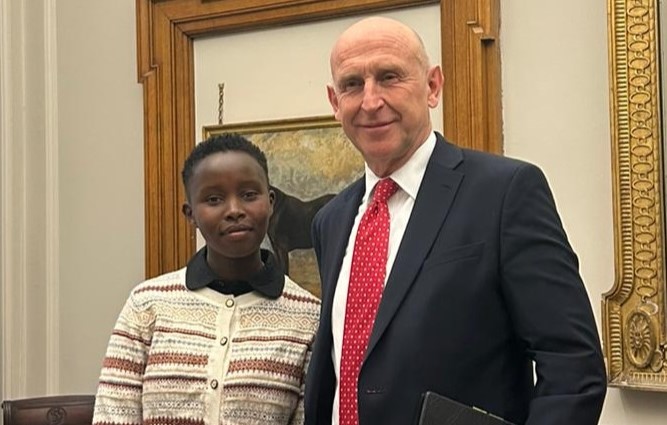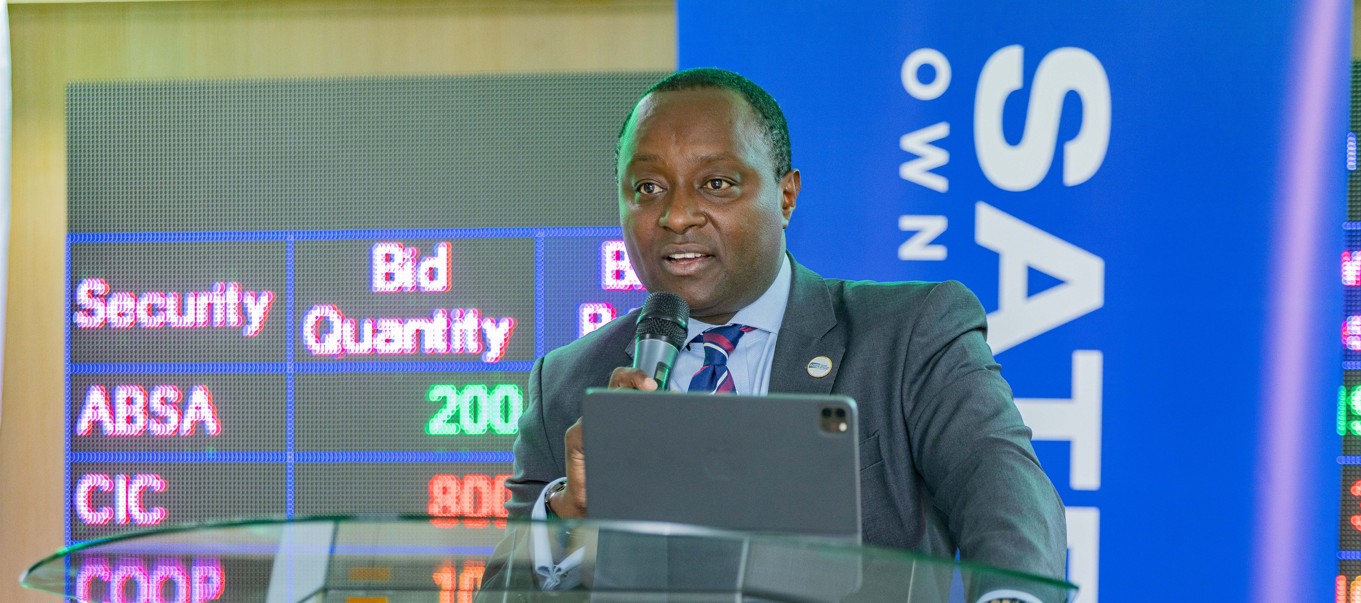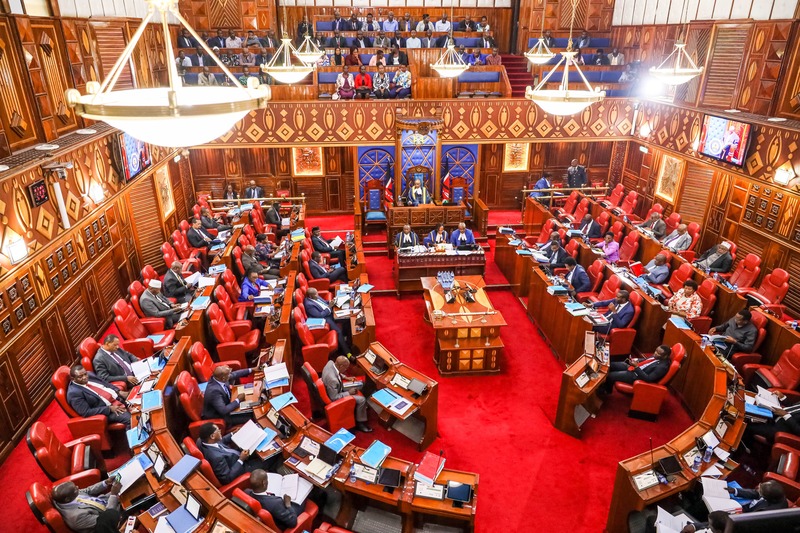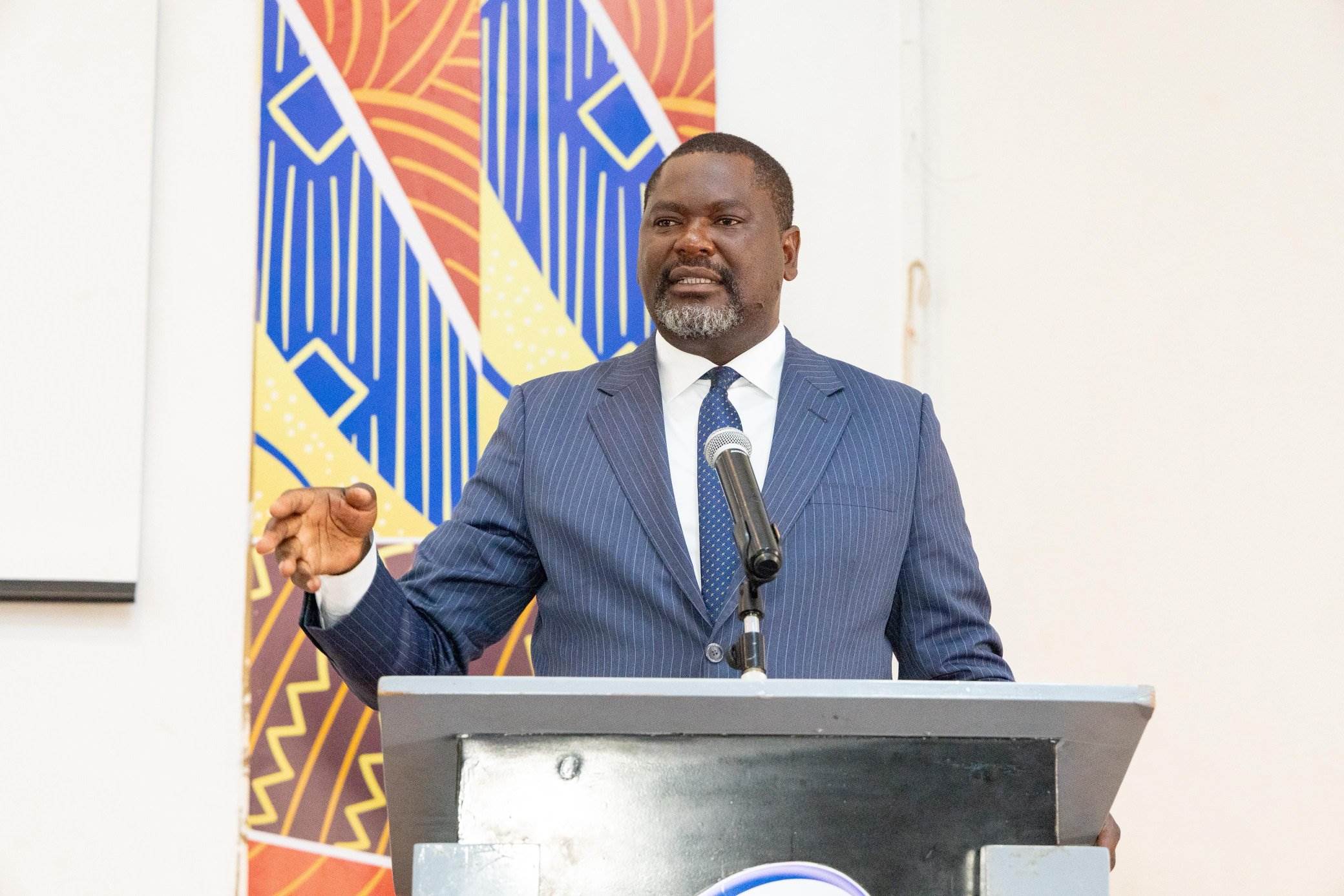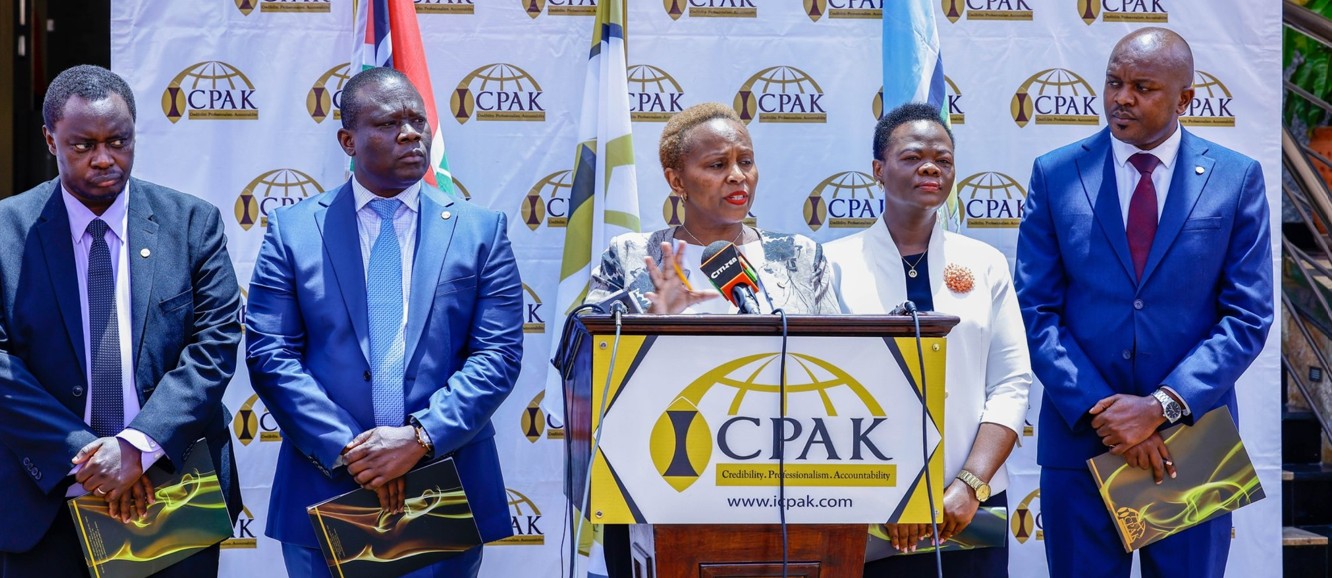Microsoft unveils MAI-Image-1, its first AI model that turns words into pictures
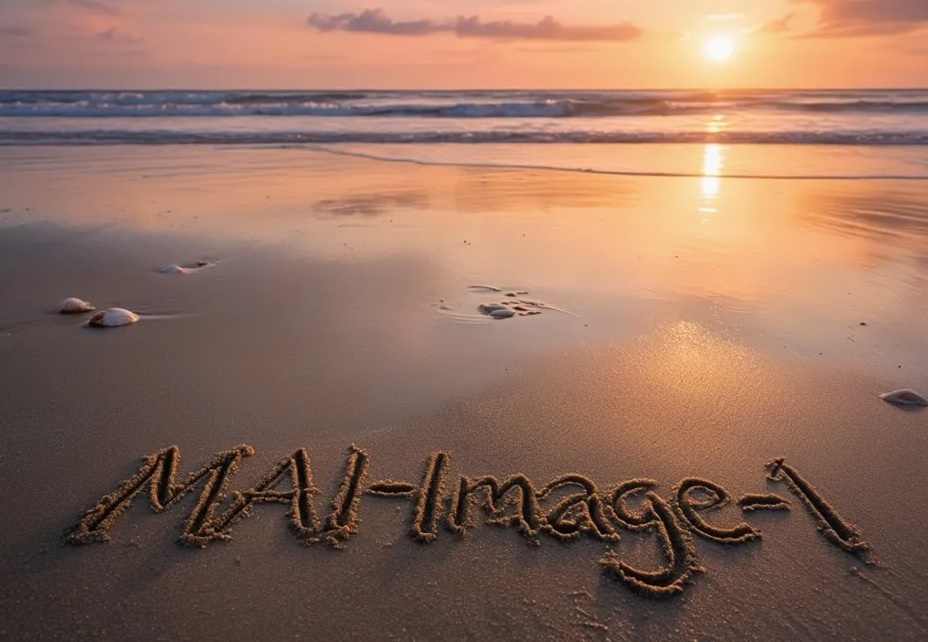
MAI-Image-1 marks a turning point: the tech giant is no longer just a distributor of others’ models, it is now a creator in its own right.
Microsoft has stepped boldly into the creative AI arena with the launch of its first proprietary text-to-image model, MAI-Image-1, signalling a major shift in the company’s artificial intelligence strategy.
The new tool, revealed at Microsoft’s Fall 2025 AI Showcase, is being hailed as a direct challenge to OpenAI’s Sora and Google’s increasingly popular Nano Banana, two systems currently dominating the AI image generation market.
More To Read
- Windows 11 setup now requires Microsoft account, blocks local installs
- Non-work use of ChatGPT surges, now 73 per cent of conversations - OpenAI study
- Microsoft integrates Anthropic to strengthen Copilot platform
- Top Microsoft apps in 2025 ranked by downloads
- Microsoft Word now saves new documents to the cloud by default
- Windows 11 to get Android App continuity feature
For years, Microsoft’s AI success has been tied closely to its partnership with OpenAI, providing the foundation for Copilot, Bing Image Creator, and Azure AI services.
MAI-Image-1 marks a turning point: the tech giant is no longer just a distributor of others’ models, it is now a creator in its own right.
“MAI-Image-1 represents Microsoft’s next step toward independence in AI innovation,” said chief scientist Sarah Bird during the unveiling.
“We wanted to build a model optimised for creative use, professional quality, and enterprise safety.”
Developed by Microsoft’s internal Applied AI Research Group, MAI-Image-1 reportedly combines multiple model architectures to balance speed, fidelity, and control, producing high-quality images faster and with fewer computing resources than competing systems.
Designed for creators, tested by artists
Microsoft says MAI-Image-1 was trained and fine-tuned with extensive input from professional artists, photographers, and graphic designers.
The company claims this collaboration helped the model avoid common pitfalls in AI art generation, such as over-smooth textures, distorted anatomy, and repetitive visual motifs.
Early testers describe the model as “hyper-realistic yet flexible,” capable of generating everything from cinematic landscapes and editorial portraits to stylised concept art. Unlike most image generators that require advanced prompt-crafting, MAI-Image-1 features natural-language understanding; users can describe scenes conversationally and still achieve detailed, context-aware results.
A demonstration during the launch showed the model producing a lifelike “studio portrait of an astronaut chef in golden light” in under five seconds, an image that rivalled Sora’s visual coherence and Nano Banana’s texture realism.
Taking on Sora and Nano banana
The launch comes at a competitive moment for creative AI.
OpenAI’s Sora, known for its integration of video and image generation, has set new standards for cinematic realism.
Meanwhile, Google’s Nano Banana (a nickname for its Gemini-based image engine) has gone viral on social media for its surreal “3D toy” effects and artistic filters.
Microsoft’s entry aims for a different angle: efficiency and integration. MAI-Image-1 is optimised for use inside Microsoft Copilot, Designer, and Office 365, allowing professionals to generate visuals directly within productivity apps.
The company hopes that embedding visual AI into everyday workflows, from PowerPoint decks to marketing campaigns, will make image generation more accessible and less intimidating.
“While others focus on spectacle, we’re focusing on practicality,” said Yusuf Mehdi, Microsoft’s EVP of Consumer AI. “We want users to create, not just experiment.”
How MAI-Image-1 works
Although technical details remain limited, Microsoft confirmed that MAI-Image-1 runs on an Azure-optimised diffusion transformer architecture, combining text-to-image diffusion modelling with transformer-based context analysis.
The system uses a “semantic fusion” layer that interprets prompts more naturally, improving subject composition and lighting accuracy, so the images look more real.
Microsoft says MAI-Image-1 will debut in Copilot Pro and Bing Image Creator later this year, with API access planned for 2026 through Azure OpenAI Service.
Despite its promise, MAI-Image-1 enters a crowded and fast-moving market, and analysts caution that user adoption will depend on image quality, reliability, and how seamlessly the model integrates into Microsoft’s tools.
“AI is no longer just about answering questions,” Microsoft’s Sarah Bird concluded. “It’s about shaping what the human mind can visualise.”
Top Stories Today

